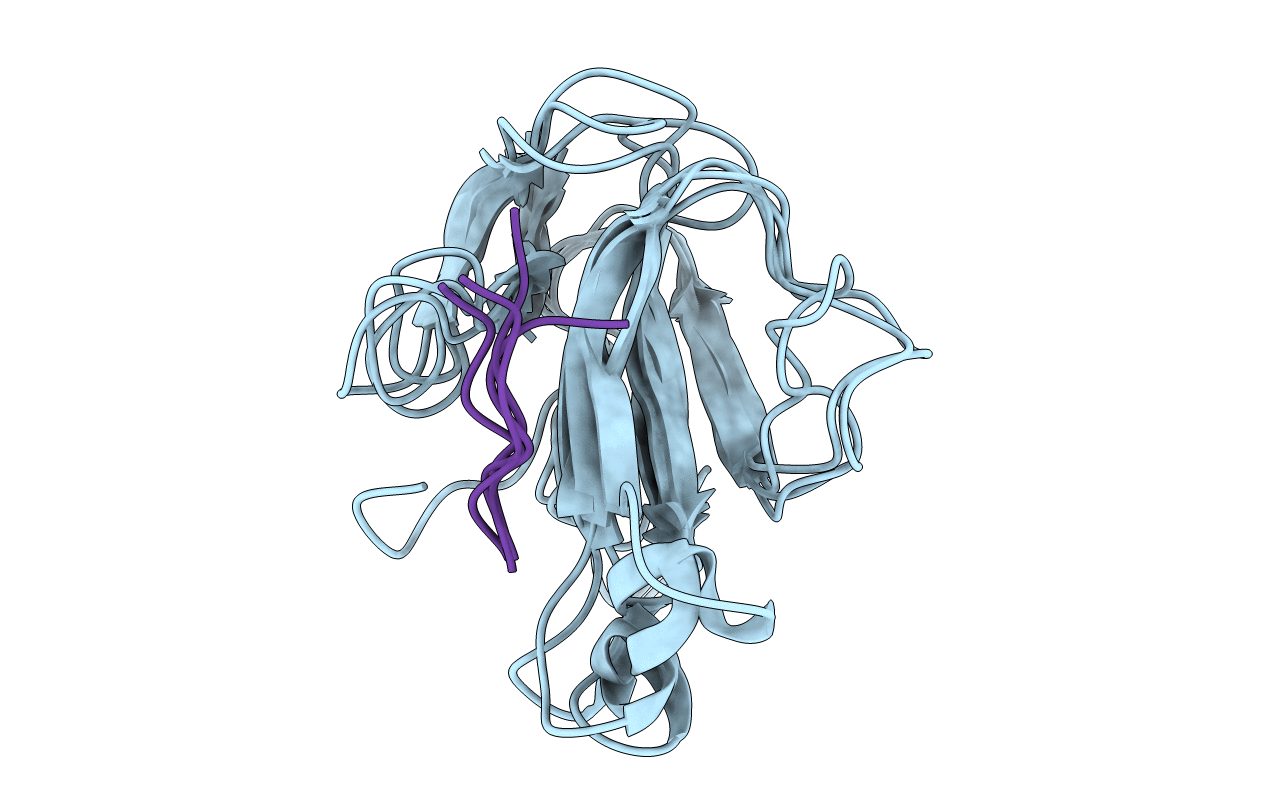
Deposition Date
1993-11-17
Release Date
1994-01-31
Last Version Date
2024-11-20
Entry Detail
PDB ID:
1ABT
Keywords:
Title:
NMR SOLUTION STRUCTURE OF AN ALPHA-BUNGAROTOXIN(SLASH)NICOTINIC RECEPTOR PEPTIDE COMPLEX
Biological Source:
Method Details:
Experimental Method:
Conformers Submitted:
4


